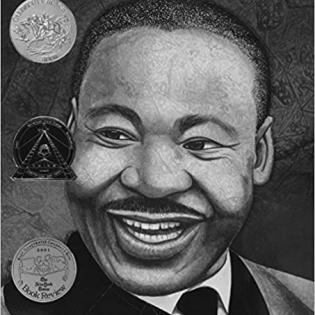This lesson introduces Alfred Nobel and his legacy, the Nobel Peace Prize.
Filter by subjects:
Filter by grades:
Filter by audience:
Filter by issue area:
Filter by content type:
Filter by resource type:
resource search
With the Nobel Peace Prize as an example of an award given for improvements to the common good, the young people list descriptors of people and organizations in their community or families who exhibit generosity and promote peace in some form.
Youth learn about the Nobel Peace Prize and analyze how the choices made by Nobel Peace Prize recipients led to improvement in the common good. Young people examine family, school, and local community for individuals or organizations that positively impact the common good and leave a legacy.
When we take action for the common good, we give up something: a little time or money that might have been spent on something else. Youth explore different forms of sacrifice for the common good and answer the question: When is a sacrifice justified and necessary, and when is it too much or a...
From books and research, young people read about the Aztec Empire practice of human sacrifice, which was seen as a gift to help the community. Discuss the concept of sacrifice for the common good and debate individual rights and community responsibility when taking action for the common good....
We learn about the ancient Aztec culture in Mexico.
Youth learn about the rich Aztec culture and their practice of human sacrifice to the gods. Discussions on the nature of sacrifice explores the concepts of benefits and opportunity cost of specific personal or group sacrifices.
When people say that they have freedom, what do they mean? Does it mean I can do whatever I want? Learners explore the rights and responsibilities of American citizenship. They review knowledge of United States history and government necessary to become a naturalized citizen.
In the book Martin’s Big Words the partnership between the author Doreen Rappaport and the illustrator Bryan Collier results in a profound story. Through the use of Dr.
